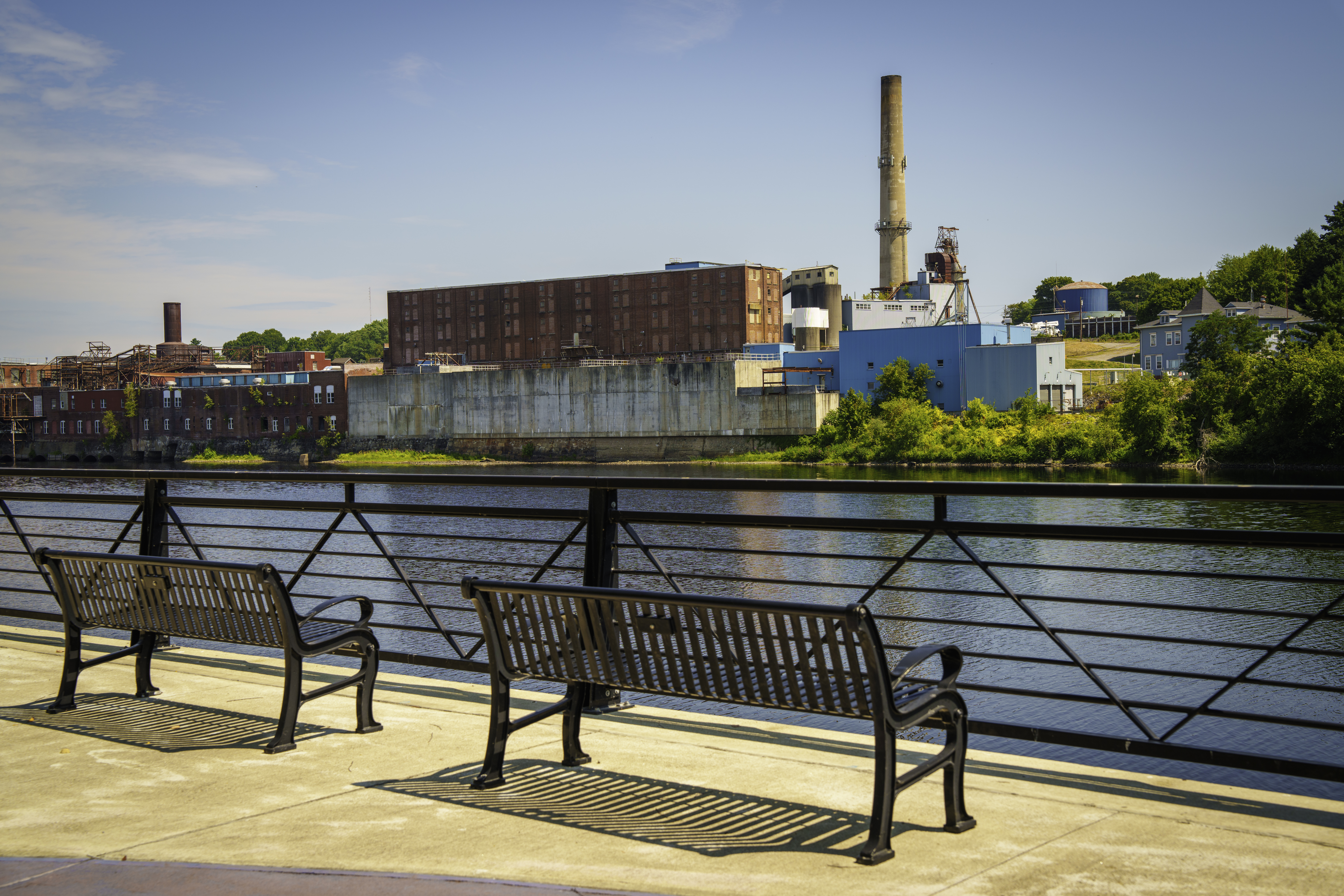As we approach the anticipated USEPA Fiscal Year 2026 (FY26) Brownfields grant cycle, local governments, redevelopment agencies, non-profit organizations, and land banks have a critical opportunity to secure funding to transform and repurpose underutilized, contaminated or blighted properties into vibrant community assets. But to ensure success, preparation is everything.
Whether you’re aiming for an Assessment, Cleanup or Multipurpose grant, the path to a successful application starts well before the Federal Register announcement. From seasoned applicants to first time participants, here’s what communities need to know and do now to be competitive and ready when the Notice of Funding Opportunity is released.
1. Get Your Credentials and System Access Information in Order
Before a single sentence of your grant narrative is prepared, make sure you can access the required application portals. It may seem basic, but it’s easy to miss critical deadlines if your application systems aren’t set up properly in advance. With only 60-65 days to meet the grant deadline once the funding notice is released, avoid delays and the frustration of working with a help desk by acting now to:
- Ensure your SAM.gov registration is active
- Confirm your Grants.gov account is connected to your Unique Entry Identifier (UEI) number
- Make sure your Authorized Organizational Representative’s (AOR) registration is up to date
If there is a new AOR in place this year, they may not yet be authorized to access the systems yet. Without these credentials, applicants can’t even log in to submit the application. Prepare to address this now, not the week of the deadline.
2. Define Your Target Areas and Sites Early
EPA doesn’t fund vague or overly broad projects. For a $500,000 Community-wide Assessment grant, applicants must clearly identify a defined geographic target area, and specific priority sites within that area with compelling redevelopment potential.
Tell a focused story. Think “waterfront district” or “downtown core,” not “entire regional planning area.”
3. Know Your Community: Define Demographics and Needs
The EPA places emphasis on how Brownfields projects support local needs as well as disadvantaged and underserved communities. Winning grant applications go beyond describing a local vision and describe in detail how the project will address the needs and overcome the challenges your community faces. Be prepared to outline the negatives and address how the assessment, cleanup, and ultimate redevelopment of the Brownfields site will result in positive outcomes for your community.
4. Pay Attention to the Details When Budgeting
Be careful with your numbers. A budget that doesn’t add up can cost you critical points on your application. And if you’ve never managed a Brownfields grant before, show that you’ve overseen other federal funds, or that you’re partnering with experienced community organization and/or consultants to assist with oversight of the grant activities.
5. Collaborate With a Strong Brownfield Grant Writing Partner
Preparing a successful Brownfields grant isn’t just about planning early, it’s about knowing how to interpret complex USEPA guidance, structure a competitive narrative and align every answer with the prescriptive scoring criteria and funding priorities. This can be a difficult task for a general grant writer unfamiliar with environmental or redevelopment funding processes.
Securing Brownfields funding also takes expertise, strategy and technical fluency. The difference between success and failure can come down to a single point. Look for a deeply qualified grant writing partner with proven experience including:
- A successful track record securing USEPA Brownfields grants
- Hands-on success with federal grant applications
- Deep familiarity with USEPA priorities such as supporting underserved/disadvantage communities, resilience, Opportunity Zones and reuse planning
- Working knowledge of environmental terms and processes (Phase I/II, contaminants, cleanup planning, reuse planning)
- On-going projects that assess and describe brownfield risks and impacts
- Daily work integrating environmental data and health statistics into narratives
- A collaborative approach to working with public staff and local stakeholders
- Ability to help translate local plans, needs and vision into fundable language
- Expertise in shifting federal priorities
- Access to templates and tools for budgets, narratives and work plans
- Ability to help with long-term redevelopment strategy, not just the grant
If your municipality doesn’t have a dedicated grant writer or planner with USEPA Brownfields experience, consider partnering with a specialized consultant or environmental firm that knows how to navigate this complex process.
Related Services
Final Considerations: FY26 Is a Critical Funding Year
This is the last year of enhanced Brownfields funding through the Bipartisan Infrastructure Law (BIL). For the past four years, the funding pool has been considerably higher than usual with nearly $200+ million nationwide. Starting in FY27, funding is expected to decrease. If your community has ever thought about applying, this is the year to act.

Next Steps: TRC Can Help
USEPA grant writing is complex and competitive. If your community is serious about securing a Brownfields grant this cycle, connect with TRC now. We are a leading consultant to USEPA’s Brownfields Program, developing and implementing solutions to reach cost-efficient regulatory closure and achieve redevelopment goals.
Our practitioners work closely with cities, towns, regional planning commissions, councils of government, redevelopment agencies, developers and non-profit organizations to identify and prioritize targeted sites and draw on our experience to create tailor-made programs that overcome the challenges of Assessment, Cleanup, Multipurpose and Revolving Loan Fund grants. We maintain close working relationships with public sector funding agencies to help our clients submit successful applications for loans and grants.
TRC brings decades of experience, deep USEPA insights and collaborative support to guide you through the Brownfields grant process, from target site identification to crafting a compelling narrative. The earlier we start, the stronger your application will be. Contact us to schedule a preliminary discussion or kick-off meeting today.




